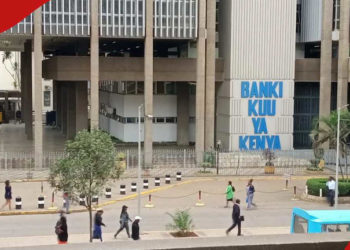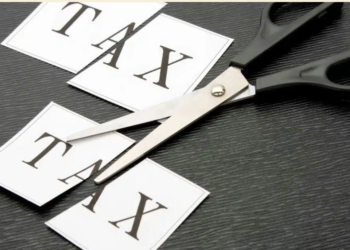In 2022, government treasury bill subscription rates exhibited notable variations, averaging 121.3%. The 91-day paper led with an average subscription rate of 226.9%, followed by the 364-day at 69.7%, and the 182-day paper at 67.2%.
This year, significant shifts have occurred, resulting in an overall year-to-date average subscription rate of 205.3%. Remarkably, the 91-day paper saw a substantial increase, soaring to 534.9%, marking a 308-point surge from the previous year. Conversely, the 182-day and 364-day papers experienced declines of % and 56.2%, reaching 50.4% and 30.5%, respectively.
Yields on government papers concluded the previous year at 9.4%, 9.8%, and 10.3% for the 91-day, 182-day, and 364-day papers. Presently, these rates stand at 15.5%, 15.6%, and 15.7%, demonstrating uniform increases. Despite this, the subscription rates have skewed heavily toward the 91-day paper. This article delves into the reasons behind this phenomenon and its implications for the economy.
Investors, perceiving the Kenyan market as volatile, have adopted risk-averse strategies in government investments. Fluctuations in Kenyan macros, including consistent currency depreciation, soaring inflation, and a concerning debt situation, justify investors’ risk-averse stance. The 91-day paper’s nimble nature serves as a strategic shield, offering flexibility to swiftly adjust portfolios in response to unpredictable market movements.
Additionally, longer-term papers are sensitive to interest rate fluctuations, prompting cautious investors to reallocate assets in anticipation of potential increases in long-term rates. The Central Bank Rate, currently at 10.5%, up from 8.75% in January, reflects a response to inflationary pressures. Investors, uncertain about projecting future interest rates, prefer short-term bills for their adaptability and quicker readjustment to changing rates compared to long-term papers.
Liquidity considerations also play a role, as short-term instruments allow investors to swiftly convert investments into cash, providing a safety net in unpredictable economic environments. This ties in with the concept of opportunity cost, where rising short-term rates make short-term bills more attractive for reinvestment at higher rates in the future.
Despite this trend, the government has successfully secured funds from the domestic market to meet budgetary requirements, albeit at a higher cost and for shorter periods compared to the previous year. Investor behavior remains intriguing, and the balancing act between risk and returns is expected to persist as investors navigate decision-making processes.


















